Introduction
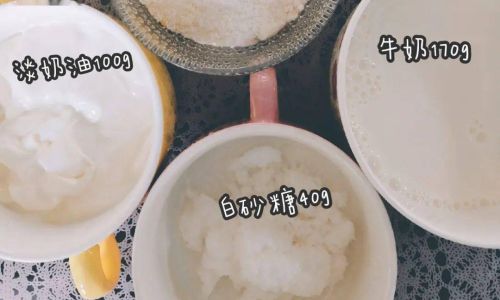
The culinary world is a vast and ever-evolving landscape, where traditional recipes often serve as a foundation upon which new creations are built. Among the myriad of desserts that have captured the hearts and taste buds of food enthusiasts, coconut milk squares, or coconut milk small cubes as they are sometimes known, stand out for their creamy texture, subtle sweetness, and refreshing tropical flavor. These delightful treats are typically made by blending coconut milk with sugar and a binding agent, most commonly cornstarch, before being chilled and cut into bite-sized pieces. However, the question arises: is cornstarch an indispensable ingredient in the making of coconut milk squares, or can other alternatives be used to achieve similar results?
This article delves into the role of cornstarch in coconut milk squares, examines why it is commonly used, and explores potential substitutes that could offer unique textures and flavors while still delivering on the essential qualities of the dessert. By understanding the science behind binding agents and the characteristics of various alternatives, we can appreciate the versatility of coconut milk squares and the creative possibilities that lie within.
The Role of Cornstarch in Coconut Milk Squares
Cornstarch, derived from the endosperm of corn kernels, is a common culinary starch used as a thickening agent in various dishes, from gravies and soups to desserts like pudding and coconut milk squares. Its ability to form a gel when heated in the presence of liquid makes it an ideal choice for creating firm yet tender textures in desserts. When cornstarch is mixed with coconut milk and heated, the starch granules absorb water and swell, eventually bursting and releasing their starch molecules into the liquid. These molecules then form a network of cross-linked chains, creating a stable gel structure that solidifies upon cooling.
In coconut milk squares, cornstarch ensures that the mixture sets into a cohesive, sliceable block rather than remaining a loose, pourable liquid. It also contributes to the smooth, creamy texture that is a hallmark of the dessert. Furthermore, cornstarch is gluten-free, making it suitable for those with celiac disease or gluten sensitivities who still wish to enjoy this tropical treat.
Why Look for Alternatives?
Despite its effectiveness, there are several reasons why one might seek alternatives to cornstarch in coconut milk squares. Firstly, dietary restrictions or preferences may necessitate avoiding cornstarch. For instance, some individuals may follow a corn-free diet due to allergies or sensitivities. Secondly, culinary exploration often involves experimenting with different ingredients to discover new flavors and textures. Using alternatives to cornstarch can introduce unique characteristics to coconut milk squares, enhancing their appeal and variety.
Moreover, the availability and cost of cornstarch can vary depending on location and market conditions. In some regions, alternative starches or thickeners may be more accessible or economical. Finally, environmental concerns related to the production and transportation of cornstarch might prompt individuals to seek more sustainable options.
Exploring Alternative Binding Agents
With these considerations in mind, let us explore some potential substitutes for cornstarch in coconut milk squares, each offering its own set of benefits and challenges.
Tapioca Starch
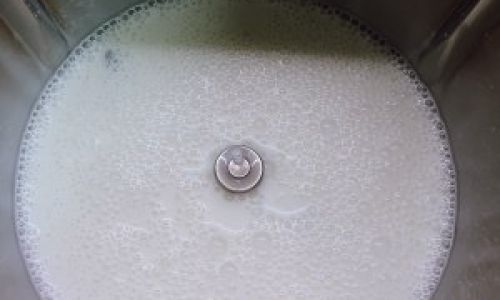
Tapioca starch, derived from the cassava root, is a popular alternative to cornstarch due to its neutral flavor and ability to create a clear, glossy gel. It is commonly used in Asian desserts like bubble tea and mochi. In coconut milk squares, tapioca starch can produce a similar firm texture with a slightly chewier mouthfeel. The resulting dessert may have a slightly translucent appearance, adding a visually appealing aspect.
One advantage of tapioca starch is its tolerance to overcooking, which can be beneficial for those who find it challenging to judge the perfect cooking point. However, it is important to note that tapioca starch-based gels can be more prone to syneresis (the separation of liquid from the gel structure) over time, potentially leading to a drier texture if not stored properly.
Arrowroot Starch
Arrowroot starch, extracted from the tubers of tropical plants, is another gluten-free alternative that works well in desserts requiring a delicate texture. It is known for its ability to create a smooth, glossy gel with a lower tendency for syneresis compared to tapioca starch. Arrowroot starch also sets at a lower temperature than cornstarch, making it ideal for delicate dishes that might overcook if heated too high.
In coconut milk squares, arrowroot starch can yield a tender, creamy texture with a slight springiness. Its neutral flavor allows the coconut milk and other ingredients to shine without being overshadowed. However, arrowroot starch can be more expensive and less readily available than cornstarch, which may be a consideration for some.
Potato Starch
Potato starch, derived from potatoes, is another gluten-free option that can be used in place of cornstarch. It is known for its ability to create a firm, stable gel with a slightly creamy texture. Potato starch-based gels tend to be more resilient to temperature fluctuations, making them suitable for desserts that might be served at various temperatures.
In coconut milk squares, potato starch can produce a dense, cohesive structure with a rich mouthfeel. Its neutral taste makes it an excellent choice for highlighting the flavors of coconut milk and any additional ingredients. However, potato starch can be more prone to clumping if not mixed thoroughly with the liquid ingredients before heating, which requires careful handling during preparation.
Rice Flour (Glutinous or Non-Glutinous)
Rice flour, either glutinous (also known as sticky rice flour or sweet rice flour) or non-glutinous, can be used as a binding agent in coconut milk squares. Glutinous rice flour, derived from short-grain rice, has a high starch content and forms a sticky, elastic dough when moistened and cooked. This characteristic makes it ideal for creating cohesive, slightly sticky textures in desserts.
Non-glutinous rice flour, on the other hand, has a lower starch content and produces a less cohesive dough. However, it can still be used to thicken mixtures and add structure to coconut milk squares, albeit with a different texture than glutinous rice flour. The resulting dessert may have a more crumbly or cake-like consistency.
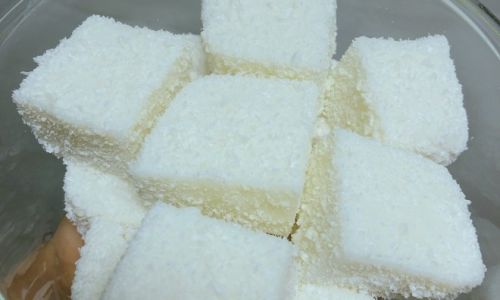
When using rice flour, it is important to note that it can absorb more liquid than cornstarch, potentially altering the overall moisture content of the coconut milk squares. Additionally, glutinous rice flour-based desserts may require a longer cooking time to achieve the desired texture.
Agar-Agar or Gelatin
For those seeking a vegan or vegetarian alternative to cornstarch, agar-agar or gelatin can be used to bind coconut milk squares. Agar-agar, derived from red algae, is a vegetarian gellan gum that sets at room temperature and is stable over a wide range of temperatures. It creates a firm, clear gel with a slightly brittle texture.
Gelatin, derived from animal collagen, is another popular gelling agent that sets at refrigerator temperatures. It produces a more elastic, flexible gel with a softer mouthfeel than agar-agar. Both agar-agar and gelatin can be used to create cohesive coconut milk squares with a firm texture, but they do impart a slightly different mouthfeel compared to starch-based gels.
When using agar-agar or gelatin, it is crucial to follow the manufacturer’s instructions carefully to avoid over- or under-setting the gel. Additionally, these ingredients can be more sensitive to acidity levels in the recipe, which may require adjustments to maintain the desired texture.
Conclusion
In conclusion, while cornstarch is a traditional and effective binding agent for coconut milk squares, there are numerous alternatives that can offer unique textures and flavors while still delivering on the essential qualities of the dessert. From tapioca starch and arrowroot starch to potato starch and rice flour, each ingredient brings its own set of benefits and challenges. Agar-agar and gelatin provide vegan and vegetarian options that can create firm, cohesive structures.
Ultimately, the choice of binding agent will depend on personal preference, dietary restrictions, availability, and the desired texture and flavor profile of the coconut milk squares. Experimenting with different ingredients can lead to new discoveries and culinary creations that celebrate the versatility and deliciousness of this tropical treat. As the culinary world continues to evolve, so too will the recipes for coconut milk squares, offering endless possibilities for exploration and enjoyment.
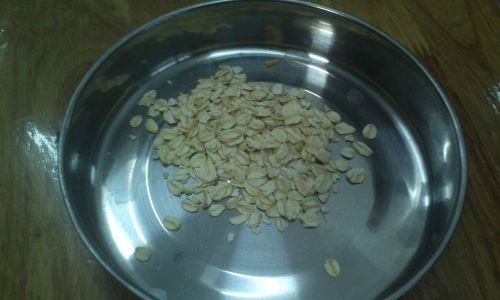
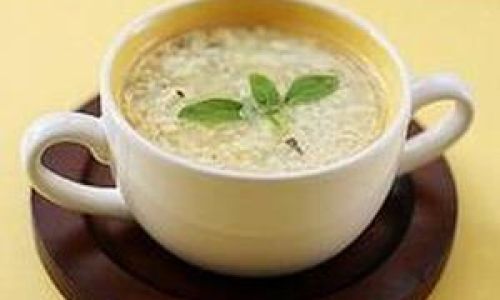
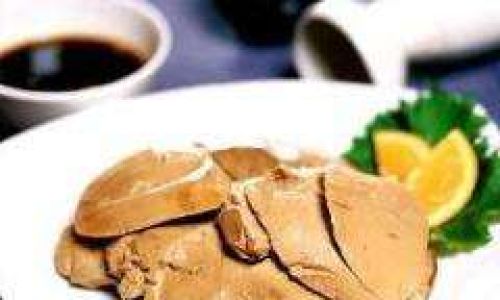

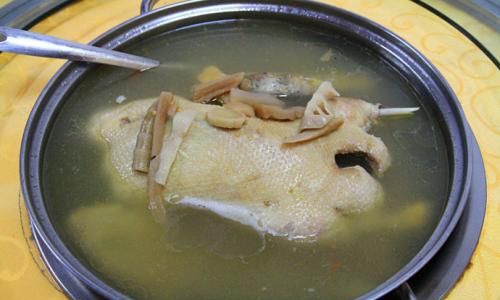
0 comments